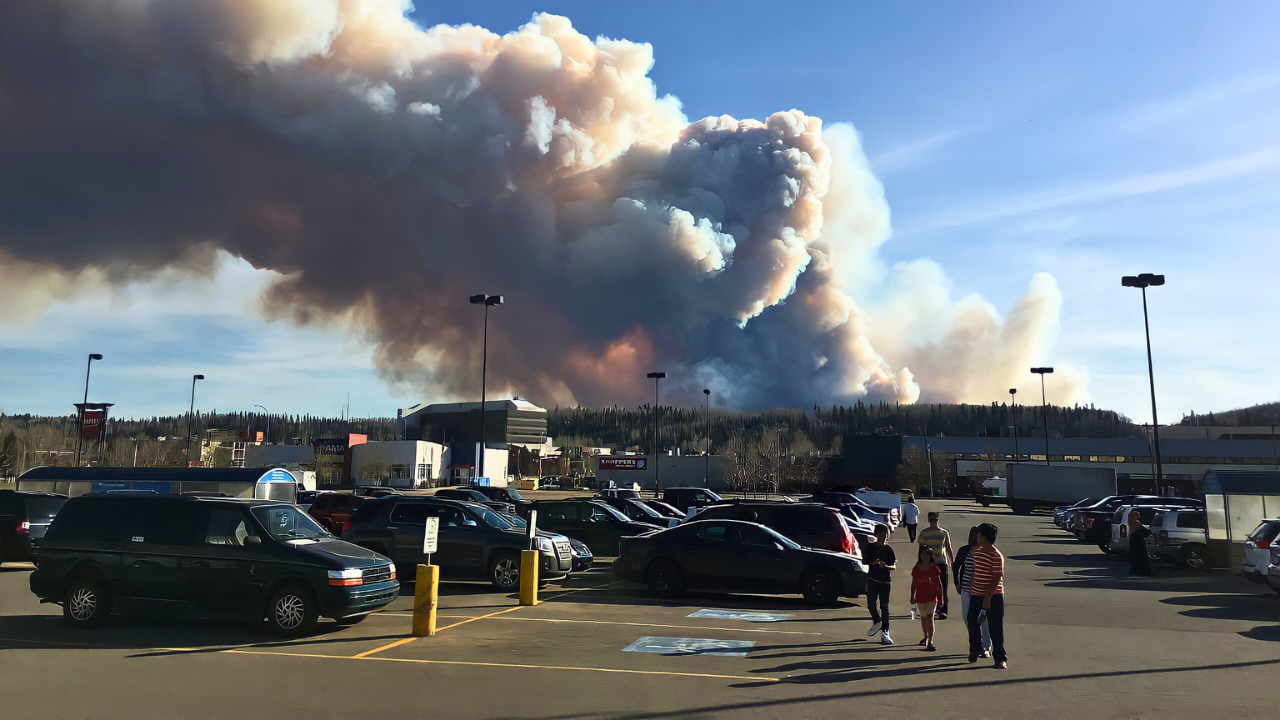
El lunes 6 de octubre, Maine enfrentó una situación sin precedentes al ser puesto todo el estado bajo una alerta federal de incendios. Caribou, una ciudad del norte, experimentó una sorprendente temperatura máxima de 24°C (75°F), la más alta en 79 años. “Nunca he visto un calor así en otoño”, dijo la agricultora local Jenna Mason, expresando su preocupación por sus cultivos.
Este repentino aumento de temperatura genera alarmas tanto para la seguridad pública como para la estabilidad de la infraestructura. El Servicio Meteorológico Nacional (NWS) respondió rápidamente con advertencias en todo el estado, indicando que la preparación ante posibles incendios forestales se ha vuelto esencial para las comunidades de Maine.
Todos Los Condados en Alerta
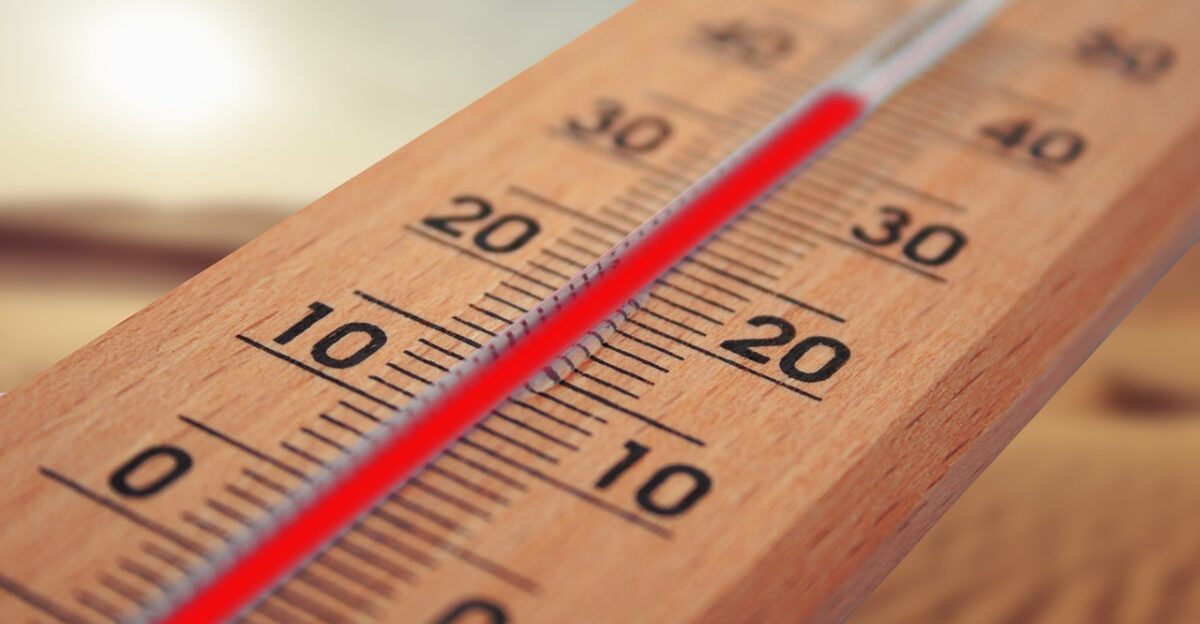
Por primera vez en décadas, todos los condados de Maine se encontraron en alerta elevada cuando el NWS identificó un mayor riesgo de incendios forestales. Con aire seco, vientos racheados y calor récord coincidiendo, la amenaza de incendios en otoño ha alcanzado niveles alarmantes. “Esto no se parece a nada que hayamos enfrentado”, comentó Andrew Barton, ecólogo de incendios forestales.
“Normalmente vemos algunos condados sin afectar, pero este año el panorama es diferente.” Se insta a los residentes a extremar precauciones, ya que las condiciones presentan un desafío raro y serio. La combinación de calor y sequedad recuerda a veranos pasados, cuando las sequías rara vez dejaban ileso al estado.
Patrones Históricos De Incendios Forestales
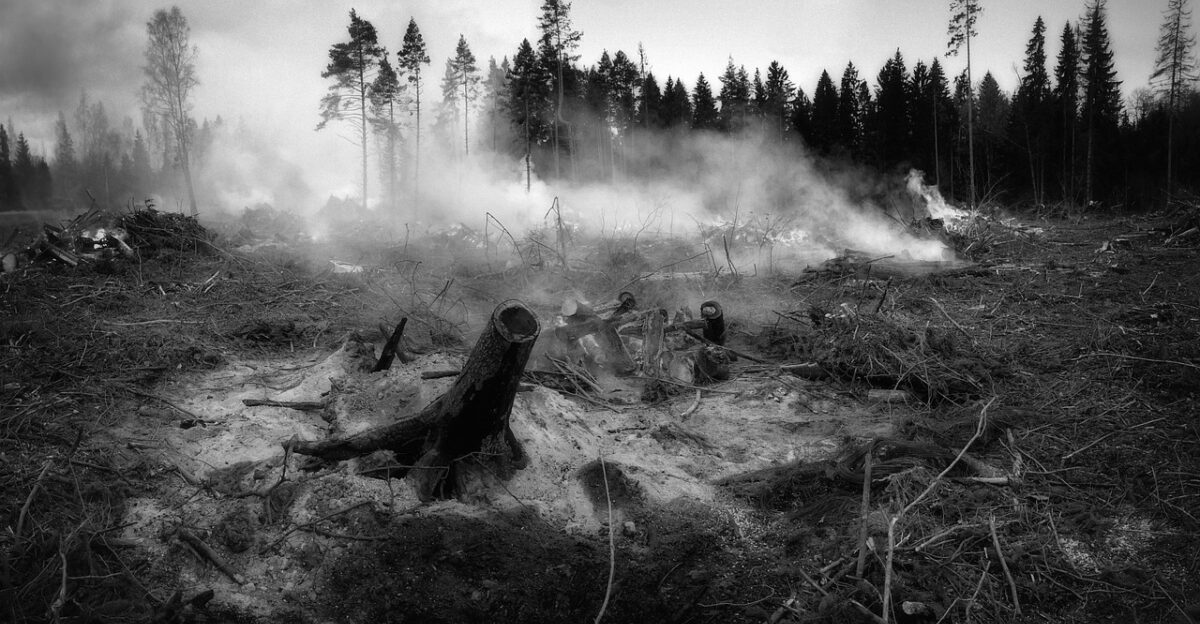
La historia de Maine muestra que sus temporadas más activas de incendios forestales suelen coincidir con sequías significativas, que han ocurrido en años notables como 2016, 2020, 2022 y ahora 2025. “Estamos viendo un efecto de vaivén entre periodos húmedos y secos”, explicó la analista ambiental local Sarah Thompson, destacando cómo estas fluctuaciones son clave en la configuración del panorama de incendios del estado.
Este ciclo plantea preguntas críticas para nuestro futuro, ya que un clima en constante cambio invita con frecuencia a temporadas de incendios sin precedentes. Mientras las comunidades enfrentan esta nueva realidad, comprender los patrones pasados se vuelve cada vez más crucial para formular estrategias proactivas de prevención y gestión de recursos.
Presión Creciente De La Sequía
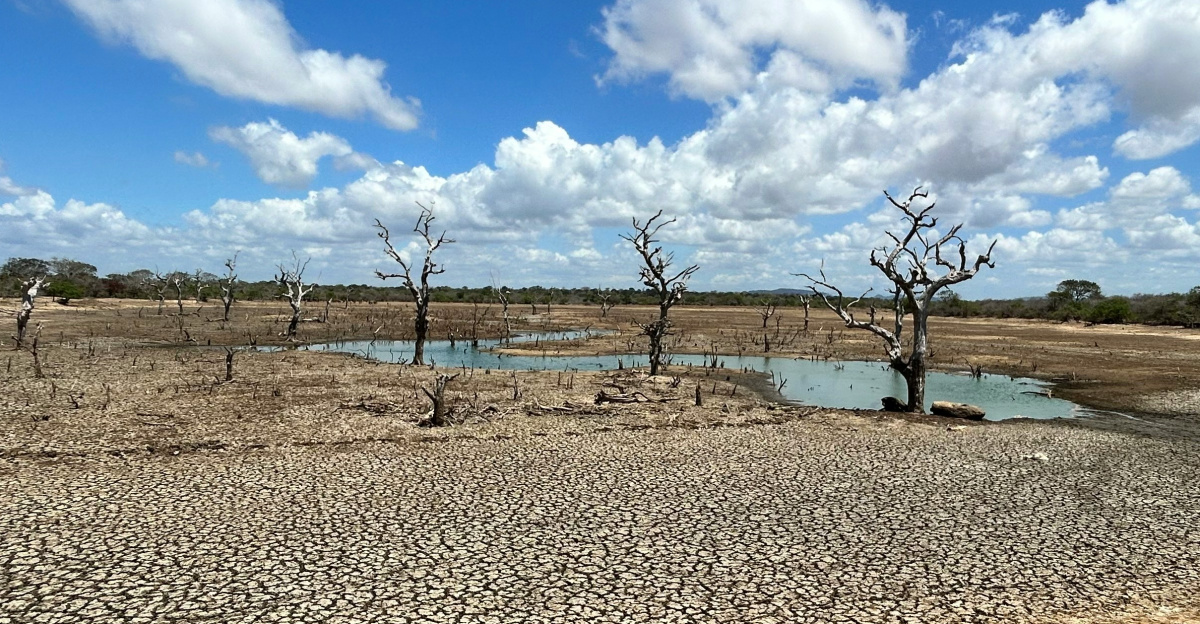
El Grupo de Trabajo sobre Sequía de Maine publicó un informe confirmando que las condiciones de sequía empeoraron en todo el estado desde junio hasta septiembre de este año. “La sequedad ha afectado nuestros bosques”, dijo el funcionario forestal local Mark Davis, enfatizando el estado precario de los ecosistemas de Maine.
Estas sequías continuas crean condiciones ideales para incendios forestales, dejando a las comunidades vulnerables a medida que aumenta el peligro. Las evaluaciones proactivas de riesgo presentadas por el grupo de trabajo subrayan la urgente necesidad de medidas preventivas para mitigar la amenaza creciente y proteger tanto a las poblaciones urbanas como rurales durante este periodo volátil.
Alerta Emitida en Todo El Estado
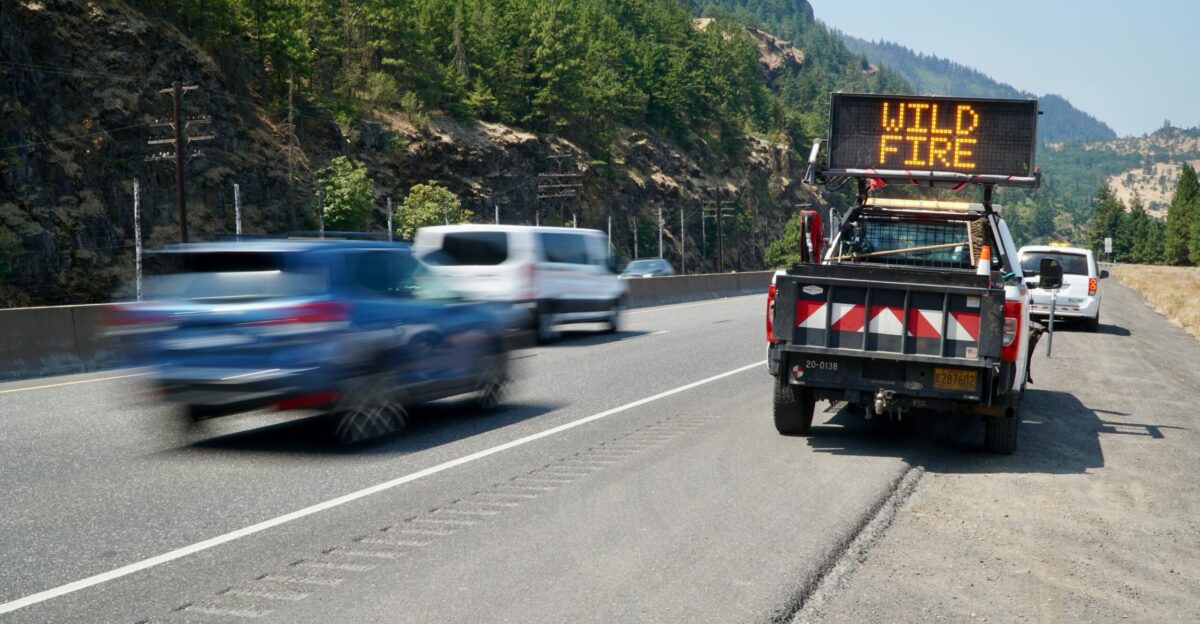
El 6 de octubre, el Servicio Meteorológico Nacional declaró oficialmente un peligro elevado de incendios para todo Maine, marcando un momento histórico al estar todos los condados bajo alerta. Con la temperatura récord en Caribou añadiendo urgencia a la situación, se aconsejó a los residentes extremar la precaución. “Esto es una llamada de atención para todos”, comentó la líder comunitaria Lisa Chen.
También se implementaron restricciones a las quemas abiertas en todo el estado, como medida de protección contra incendios forestales. Las autoridades insisten en que la conciencia y la acción decidida son cruciales mientras la amenaza de incendios se cierne sobre el estado, requiriendo una respuesta colaborativa de todos los residentes.
Comunidades Rurales en Riesgo
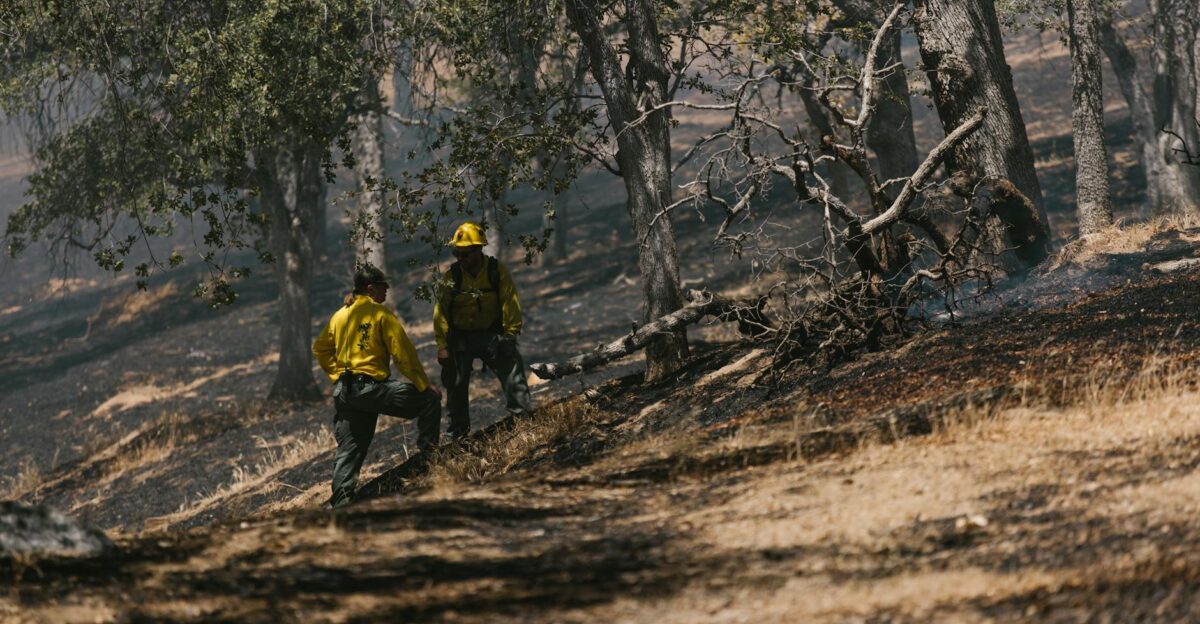
A medida que las condiciones peligrosas afectan tanto a centros urbanos como a comunidades rurales remotas, pueblos como Allagash, Presque Isle, Bangor y Bar Harbor están en mayor riesgo de propagación rápida del fuego. Las brigadas forestales locales se han puesto en máxima alerta, listas para responder de inmediato. “Nunca pensamos que nuestro pequeño pueblo podría estar en tanto peligro”, compartió el residente de Allagash Mike Sullivan.
Las autoridades enfatizan la necesidad de vigilancia constante, ya que esta situación sin precedentes trae incertidumbre a la región. Una comunicación mejorada entre los departamentos de bomberos locales y los equipos de emergencia es crucial mientras colaboran para gestionar y mitigar amenazas potenciales.
Voces Desde El Terreno
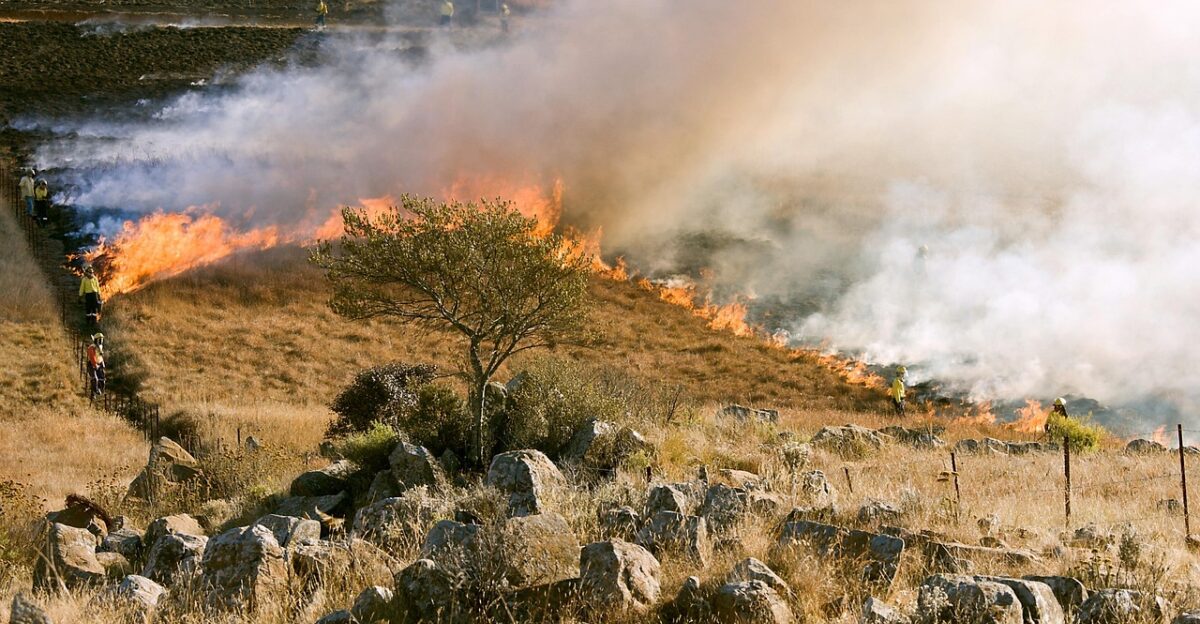
Louise Fode del NWS instó a los residentes a tener “máxima precaución para evitar incendios forestales”. Con el empeoramiento de la situación, Andrew Barton, ecólogo de incendios, señaló: “Un clima más cálido agrava las condiciones de sequía actuales que permiten que los incendios se propaguen más fácilmente”. La comunidad agrícola de Maine siente el peso de estas preocupaciones, ya que los agricultores locales enfrentan amenazas no solo a sus medios de vida, sino a la tierra misma que cultivan.
“Estamos en vilo cada día, sin saber qué traerá el próximo informe meteorológico”, lamentó la agricultora Jenna Mason. Este elemento humano enfatiza la ansiedad colectiva que impregna las comunidades de todo el estado durante este tiempo desafiante.
Coordinación Estatal
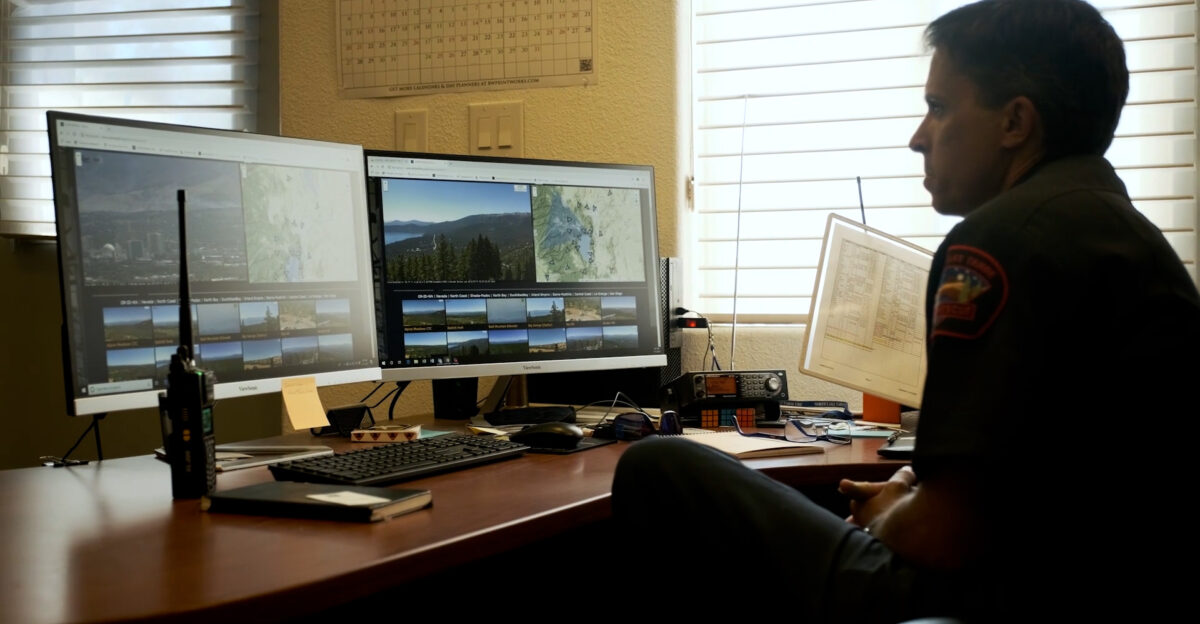
Los equipos de respuesta de emergencia del Servicio Forestal de Maine, junto con los departamentos de bomberos locales, se movilizaron para coordinar recursos en todo el estado. A través del Plan de Operaciones de Incendios Forestales, estos equipos han intensificado la vigilancia para identificar y gestionar fuentes de ignición de manera eficiente.
“Estamos todos juntos en esto”, afirmó Patty Cormier, directora del Servicio Forestal de Maine, destacando la importancia del trabajo en equipo durante esta crisis. La dedicación de estos equipos garantiza que se tomen todas las medidas posibles para proteger vidas y propiedades mientras se preparan para el camino impredecible que se avecina. La vigilancia seguirá siendo clave para combatir las amenazas de incendios.
El Mapa De Incendios Cambiante De Estados Unidos
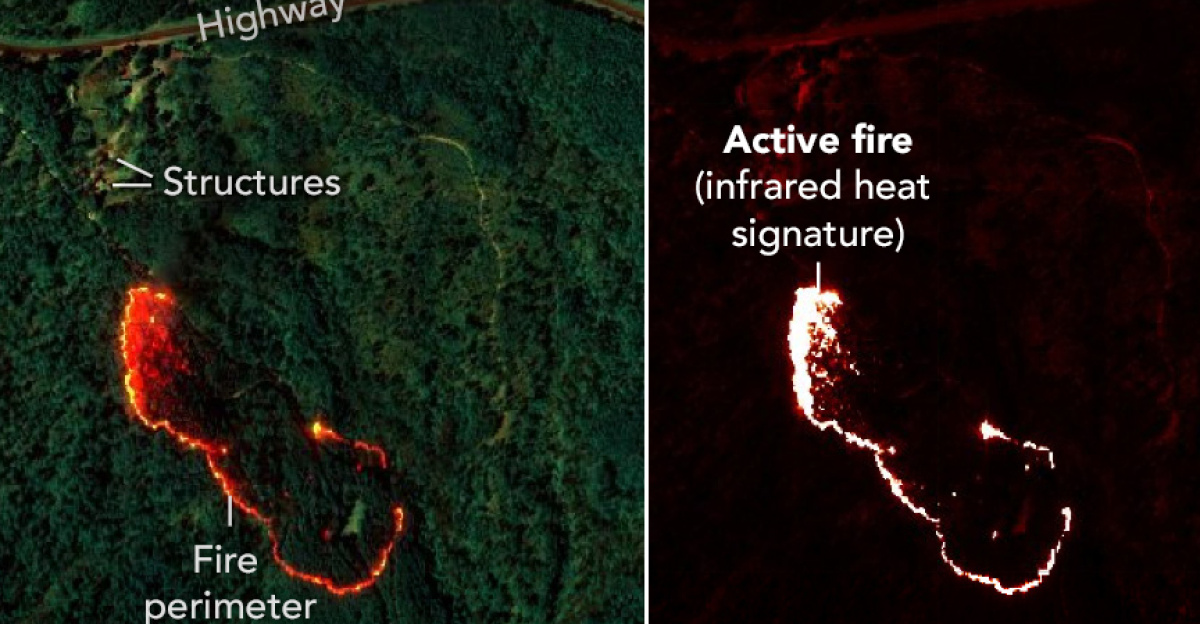
Tradicionalmente, los estados del oeste experimentan sus temporadas pico de incendios en otoño. Sin embargo, la inclusión de Maine en alertas elevadas de incendios forestales es un recordatorio contundente de los cambios más amplios en los riesgos nacionales debido a extremos climáticos persistentes. “Estamos presenciando un punto de inflexión”, dijo la analista ecológica Sarah Thompson.
“Maine no es inmune a lo que ocurre a nivel nacional.” La experiencia del estado ilustra cómo los patrones climáticos cambiantes pueden tener consecuencias inesperadas, con el riesgo de incendios aumentando en regiones antes consideradas más seguras. Esto exige una reevaluación de las suposiciones pasadas sobre la gestión y preparación ante incendios en todo el país.
Prohibición De Quemas Al Aire Libre
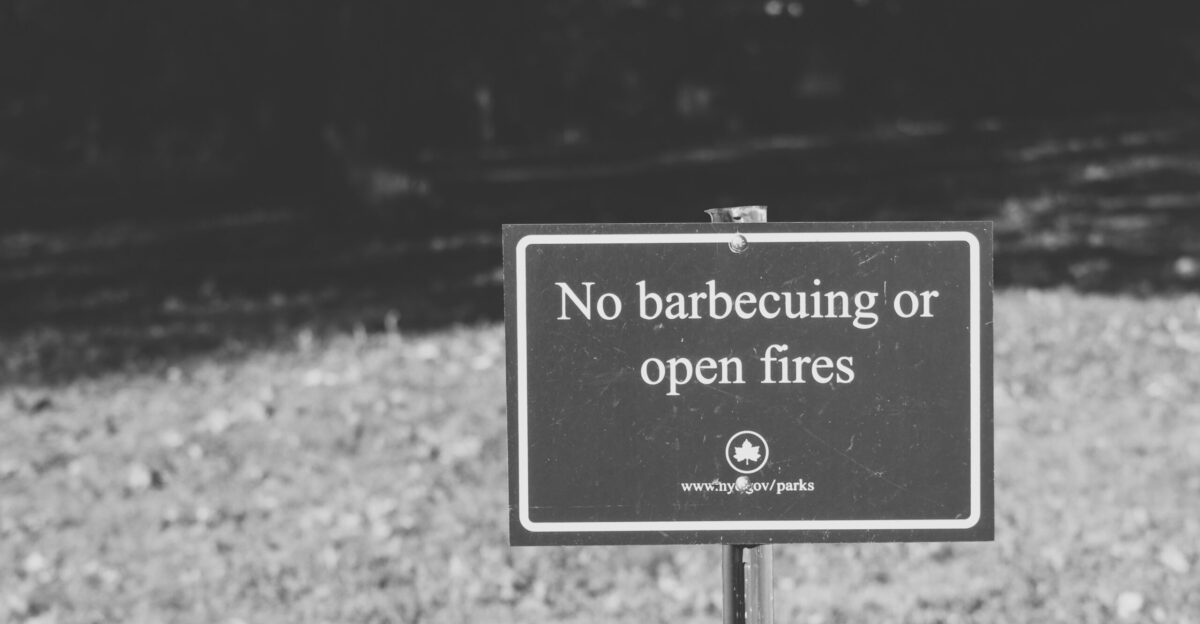
En respuesta al aumento del riesgo de incendios, las prohibiciones y restricciones de quemas abiertas están ahora en vigor en todo Maine. La urgencia de la situación lleva a las autoridades estatales a aconsejar a residentes y visitantes que consulten con las autoridades locales antes de realizar cualquier actividad de fuego al aire libre. “No queremos que nadie arriesgue su seguridad ni ponga en peligro a nuestra comunidad”, advirtió la jefa de bomberos Lisa Chen.
Los errores en este entorno de alto riesgo pueden tener consecuencias devastadoras, lo que subraya la importancia de la conciencia pública y el cumplimiento de las normas de seguridad. La necesidad de resiliencia comunitaria nunca ha sido más pronunciada mientras los residentes navegan este periodo desafiante.
Frustración Entre Las Brigadas De Incendios
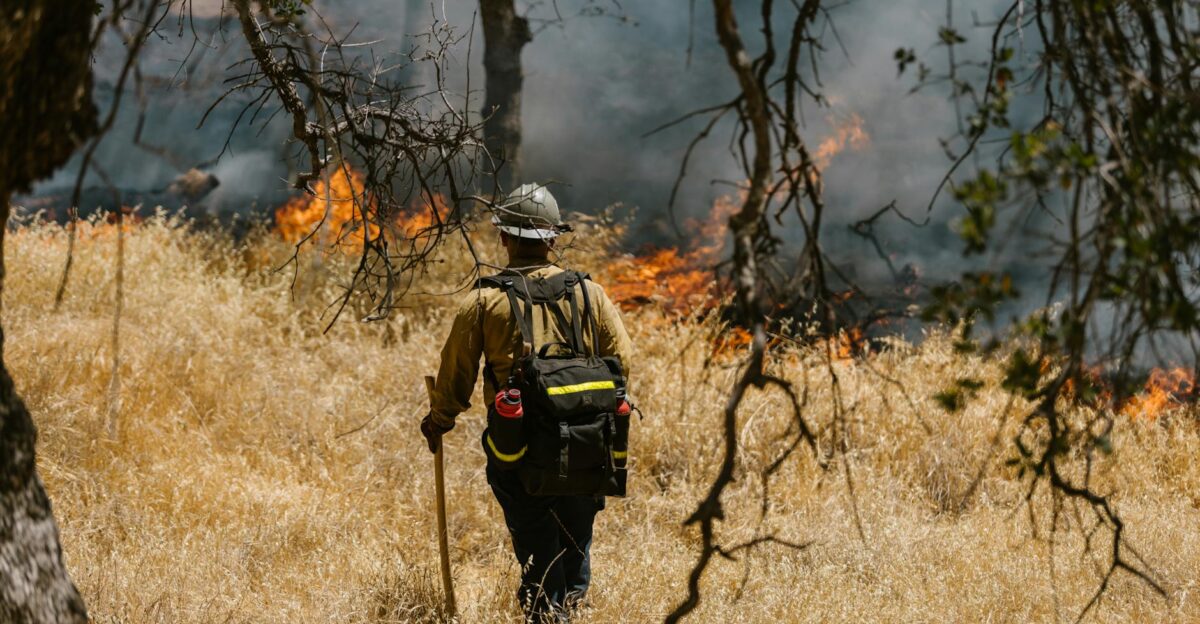
Funcionarios forestales y guardabosques locales expresaron su frustración a medida que los recursos se ven cada vez más limitados por la magnitud de la amenaza. El Servicio Forestal de Maine reportó un número récord de fogatas descontroladas en agosto, lo que aumenta la preocupación entre los equipos de respuesta. “Estamos abrumados”, lamentó el guardabosques Kyle Thompson.
Equipados para emergencias pasadas, la escala de los riesgos actuales requiere más recursos que los disponibles anteriormente. Los equipos se han movilizado por aire y tierra para garantizar una vigilancia efectiva y acción inmediata, enfatizando la importancia de la preparación para combatir incendios forestales. Esta creciente urgencia desafía a los equipos mientras buscan proteger a las comunidades ante riesgos crecientes.
Vigilancia Y Cambios De Liderazgo
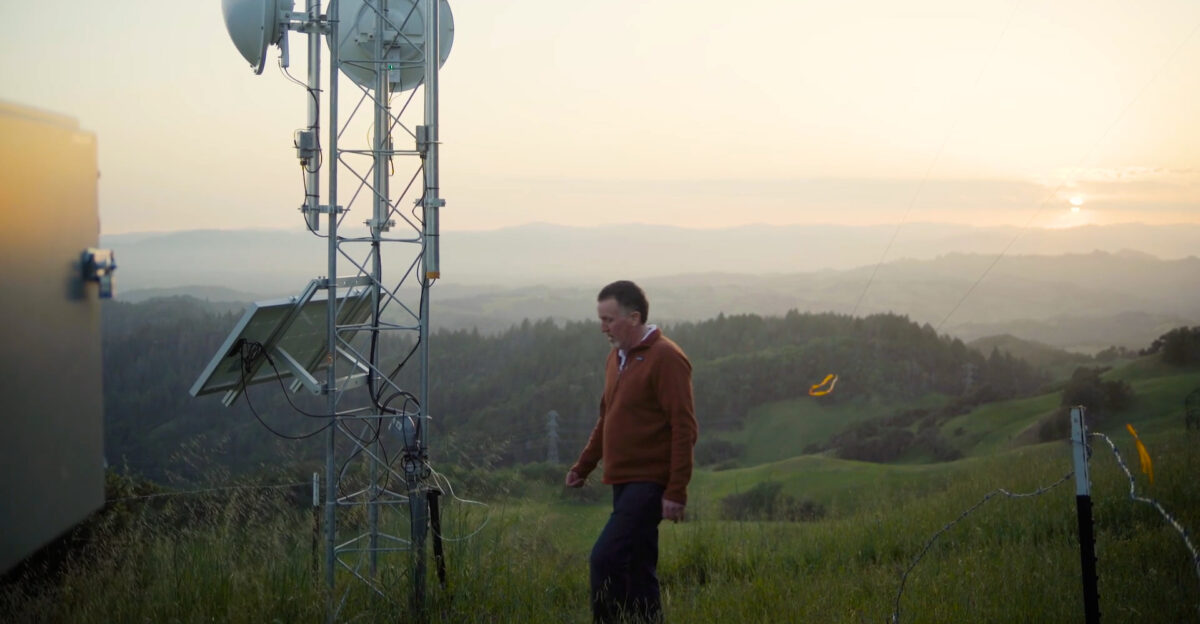
Patty Cormier, directora del Servicio Forestal de Maine, lidera la expansión de las medidas de vigilancia mientras coordina directamente con el NWS. Su voz es una presencia tranquilizadora en medio de la incertidumbre, al afirmar: “Sin duda, todo apunta a otro año posiblemente récord”. Los desafíos asociados al cambio climático requieren liderazgo decidido y enfoques innovadores para la gestión de incendios, fomentando una mayor colaboración entre agencias y organizaciones.
Mientras las condiciones siguen siendo críticas, Cormier enfatiza la necesidad de mantener la vigilancia mientras Maine enfrenta la difícil tarea de equilibrar la seguridad comunitaria con las realidades ambientales.
Planificación Estratégica Para La Recuperación
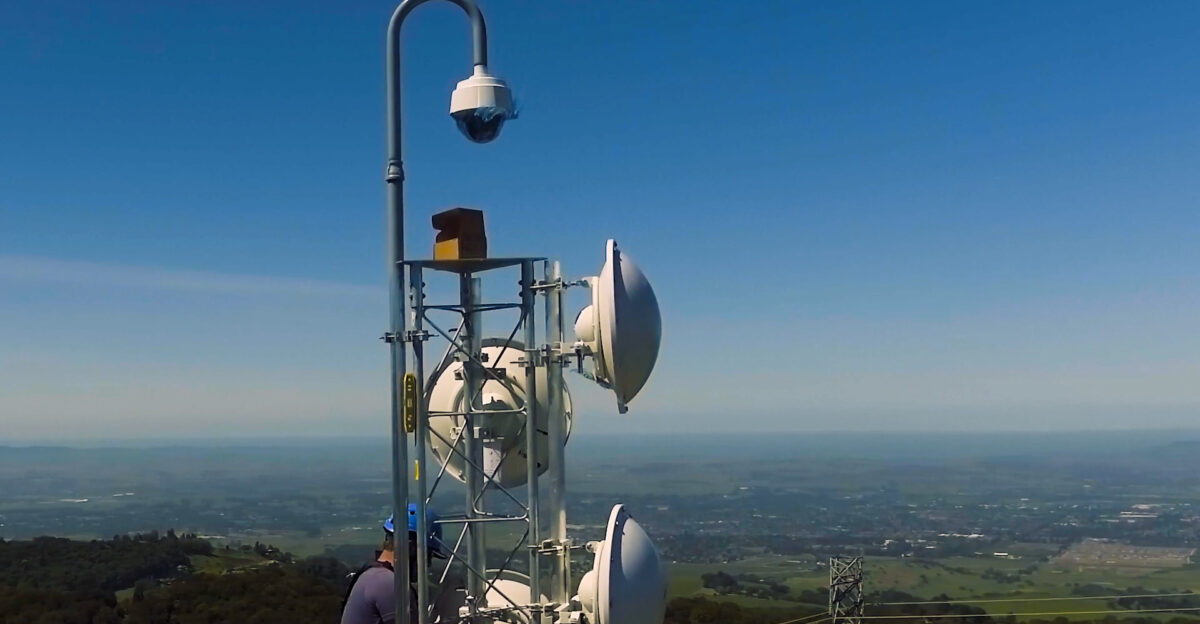
En respuesta a la amenaza inminente de incendios, el Servicio Forestal de Maine ha puesto en marcha su Plan de Operaciones de Incendios Forestales, centrado en la detección temprana y la educación pública para aumentar la conciencia sobre los riesgos. Los esfuerzos educativos comunitarios son cruciales, ya que las autoridades enfatizan la importancia de hacer cumplir estrictamente las medidas de seguridad.
“Debemos tomar medidas proactivas o arriesgamos perder lo que nos define”, comentó la líder comunitaria Lisa Chen. Este esfuerzo colectivo busca empoderar a los residentes para reconocer y mitigar los peligros de incendio, guiándolos hacia la adopción de prácticas más seguras en estos tiempos precarios. “Cuanto más sepamos, mejor podremos proteger nuestros hogares y tierras”, enfatizó.
Perspectiva Experta Sobre La Prevención
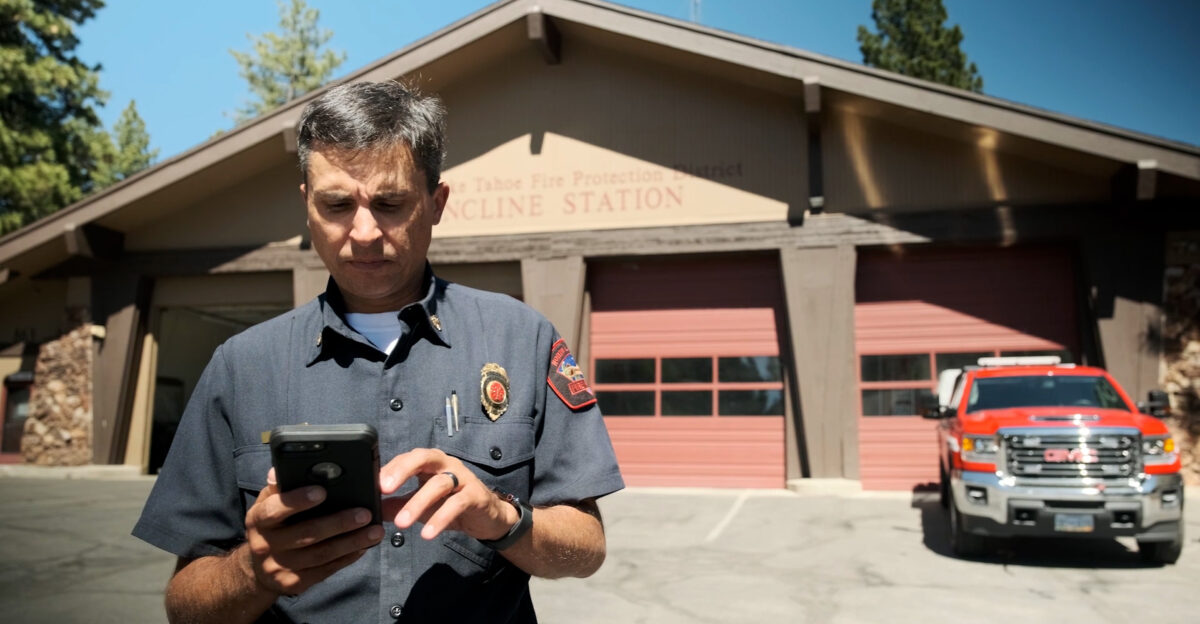
Los ecólogos de incendios forestales han enfatizado que el riesgo futuro de incendios en Maine dependerá en gran medida de la eficacia de las estrategias de prevención y gestión climática. Andrew Barton afirmó: “La mayoría empieza a coincidir: Maine probablemente enfrentará más periodos secos y mayores riesgos de incendio”. La urgencia desde la comunidad científica es clara, ya que las estrategias de mitigación en políticas públicas y acción comunitaria se vuelven críticas.
Las conversaciones sobre prácticas sostenibles y ecosistemas resilientes al fuego ocupan un lugar central, ya que los residentes reconocen que sus acciones colectivas ahora determinarán la seguridad de sus hogares en el futuro.
Lluvias a La Vista
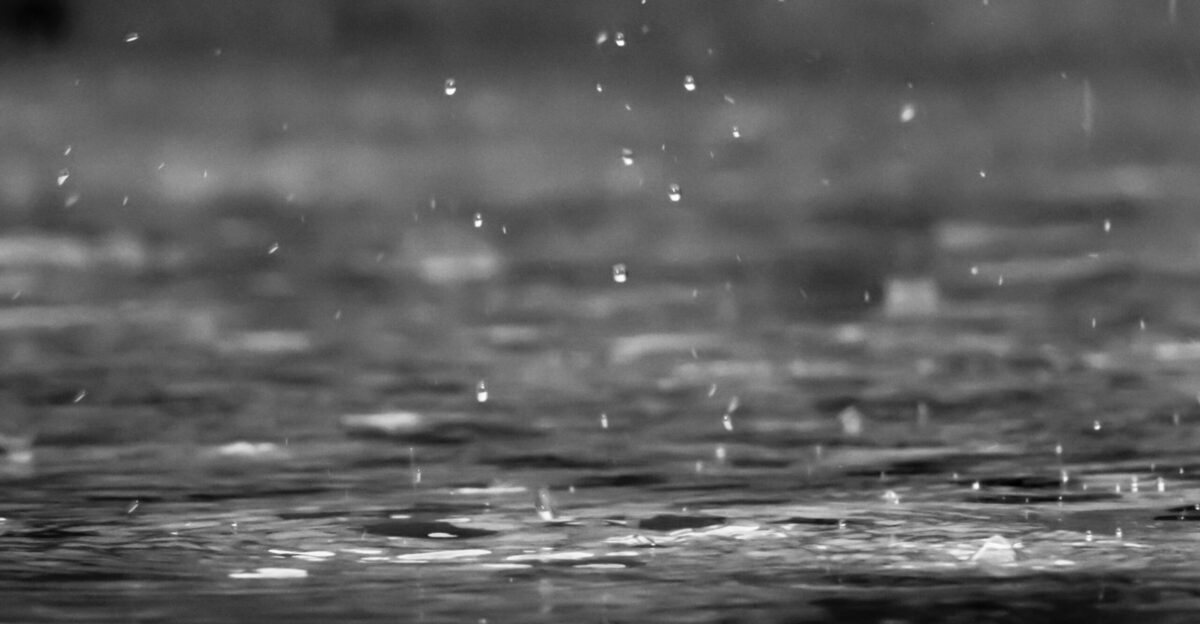
Según los pronósticos, existe la posibilidad de 12–25 mm (0.5–1.0 pulgadas) de lluvia desde la noche del martes hasta el miércoles, lo que representa un rayo de esperanza para disminuir los riesgos de incendio en todo el estado. “Cada gota cuenta, especialmente ahora”, señaló la agricultora Jenna Mason con cauteloso optimismo.
Estas lluvias podrían ayudar a humedecer la vegetación seca y reducir el peligro de incendio, pero las autoridades se mantienen vigilantes y advierten contra la complacencia. La naturaleza impredecible del clima de Maine exige que los residentes sigan atentos hasta que la amenaza realmente disminuya. Es imprescindible prepararse tanto para el alivio inmediato como para la gestión a largo plazo de los riesgos de incendio a medida que evoluciona la situación.
Influencia en La Política Estatal
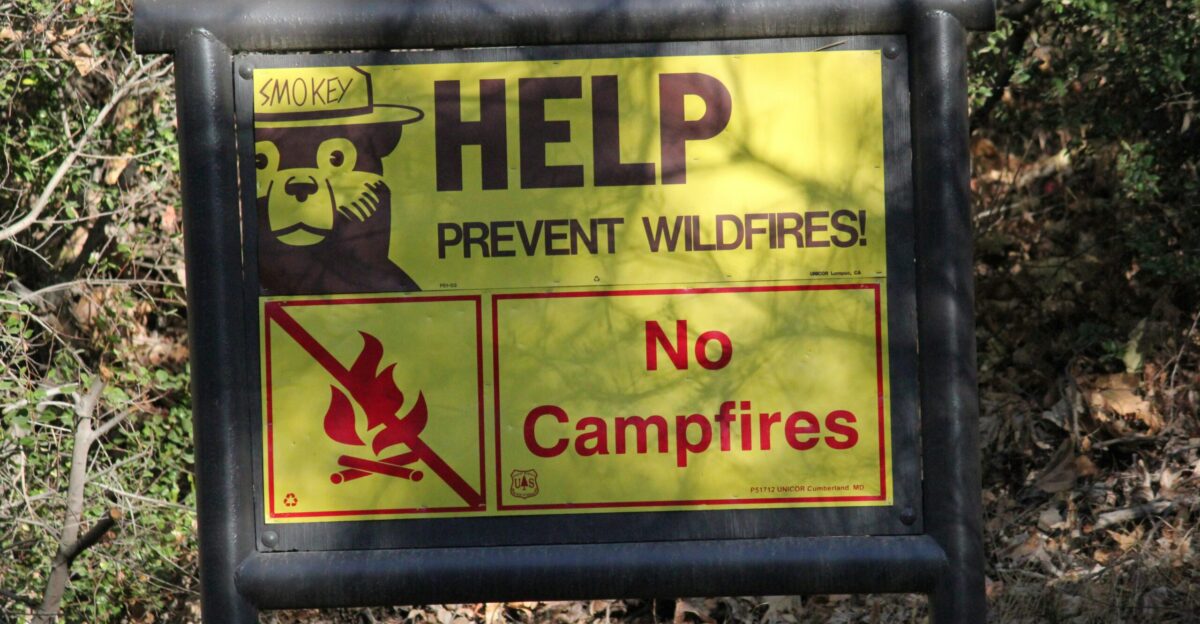
La alerta estatal de incendios coincide con debates sobre futuras políticas estatales, mientras los legisladores contemplan actualizaciones necesarias en las estrategias de gestión de tierras de Maine. Los devastadores impactos del cambio climático impulsan importantes reevaluaciones de las regulaciones sobre gestión forestal, uso del suelo y participación comunitaria. “Lo que decidamos ahora puede moldear nuestro futuro”, afirmó la defensora ambiental local Sarah Thompson.
Involucrar a las comunidades locales en estos diálogos puede asegurar que las regulaciones aborden no solo la prevención de incendios, sino también la gestión sostenible de los recursos naturales únicos de Maine. La colaboración continua entre científicos, líderes comunitarios y legisladores es crucial para desarrollar una respuesta política dirigida a los desafíos venideros.
El Costo De La Inacción
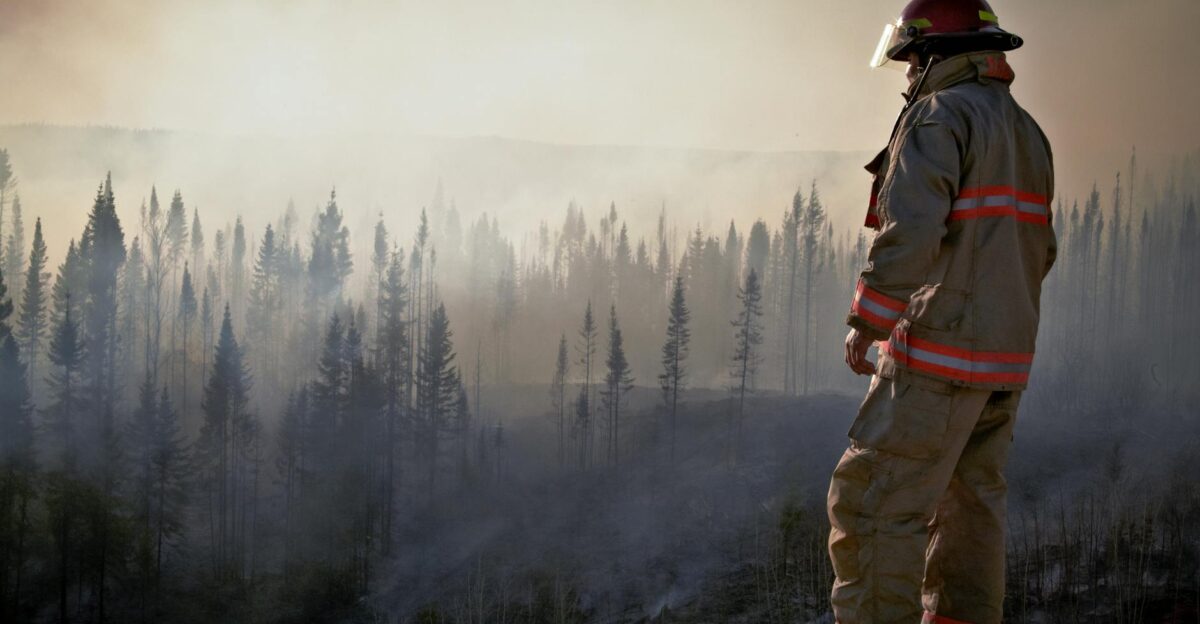
Sin una acción oportuna, el costo de la inacción respecto a la preparación ante incendios podría ser severo. Las comunidades podrían enfrentar aumentos exponenciales en los costos de supresión, pérdidas económicas y efectos negativos en el valor de las propiedades. “Es difícil cuantificar el impacto hasta que es demasiado tarde”, advirtió el economista Matthew Wright.
Este enfoque proactivo enfatiza la necesidad de medidas cooperativas entre residentes, comunidades y agencias gubernamentales. Garantizar que se asignen recursos financieros para la prevención y soluciones de respuesta rápida beneficiará no solo el futuro inmediato, sino que también fortalecerá la resiliencia de los ecosistemas y comunidades de Maine a largo plazo.
Soluciones Comunitarias
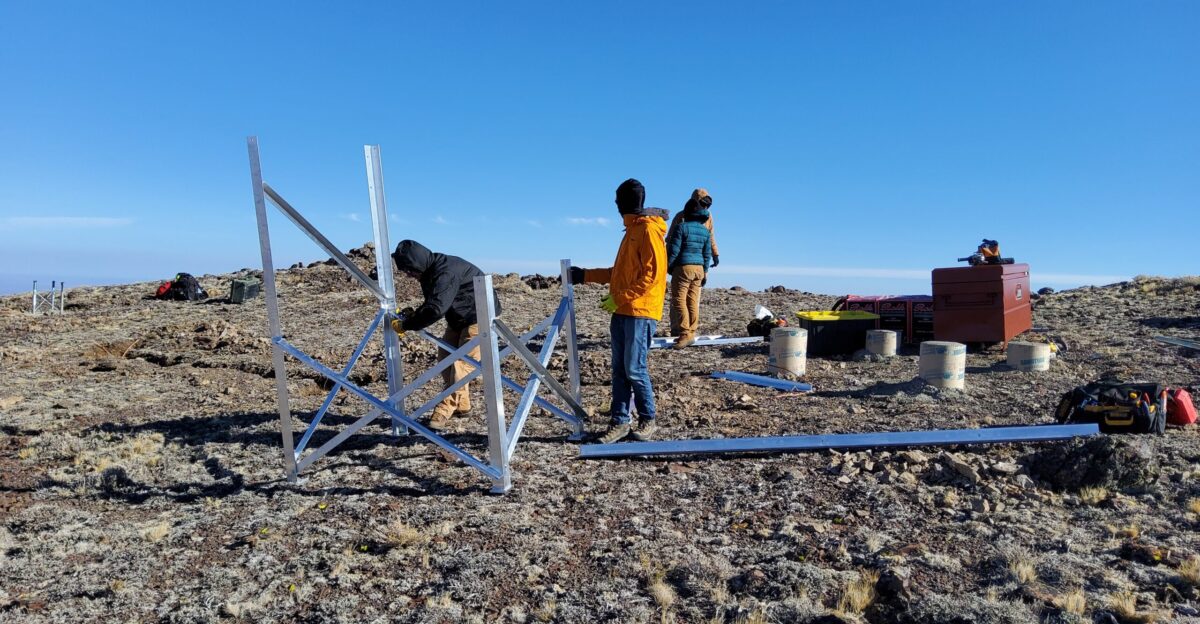
Ante la amenaza de incendios, las comunidades comienzan a unirse en torno a soluciones locales. Organizaciones como los departamentos de bomberos voluntarios y grupos comunitarios coordinan iniciativas para aumentar la conciencia pública y promover la educación. “Queremos que la gente se sienta empoderada para actuar”, dijo la organizadora comunitaria Emily Park.
Los talleres sobre prácticas de seguridad y estrategias de prevención de incendios son cada vez más populares, proporcionando recursos esenciales a los residentes. Este enfoque de base es vital, ya que fortalece la resiliencia comunitaria y equipa a las personas con el conocimiento para proteger sus hogares, además de fomentar la camaradería entre vecinos.
Historias De Resiliencia
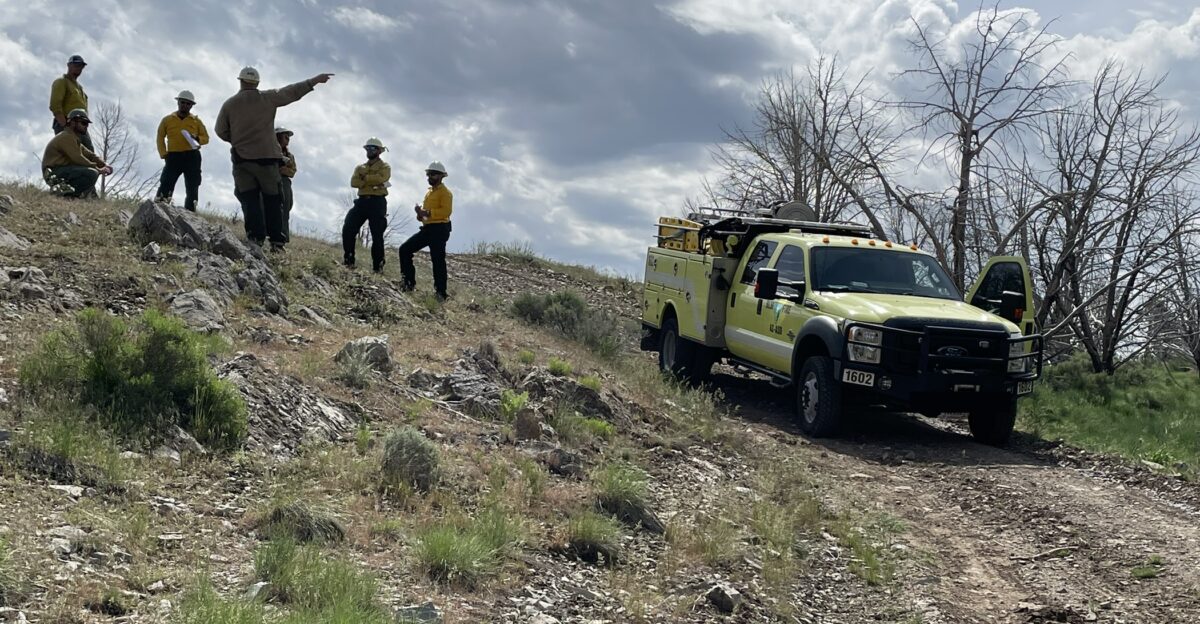
En medio de la adversidad, surgen numerosas historias de resiliencia de comunidades de Maine que enfrentan la amenaza de incendios. Este espíritu fue reflejado por el agricultor Mike Sullivan, quien señaló: “Juntos nos levantamos y adaptamos, haciendo lo que podemos para protegernos unos a otros”. Es a través de experiencias compartidas y esfuerzos colaborativos que las comunidades pueden superar la tormenta y salir fortalecidas.
Ante los desafíos, la unidad evidente en los vecindarios subraya un compromiso colectivo para enfrentar las incertidumbres no solo como individuos, sino como una comunidad lista para apoyarse en tiempos de crisis.
El Camino a Seguir
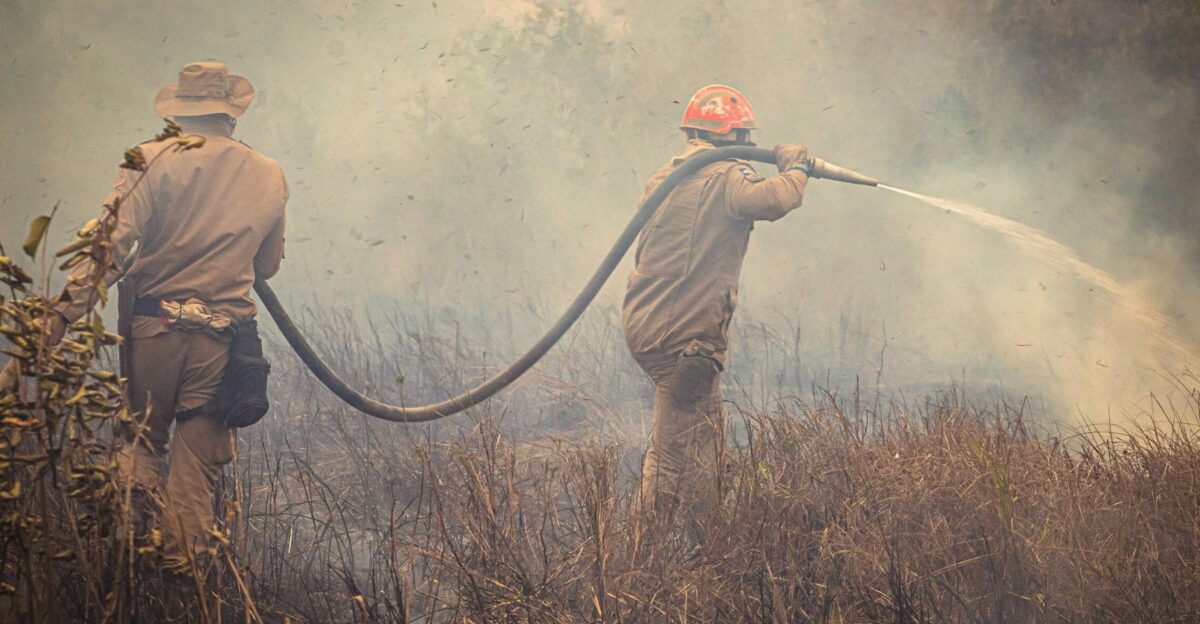
Mientras Maine navega por un territorio desconocido con riesgos crecientes de incendios, surge una comprensión colectiva: las soluciones duraderas requieren acción en todos los frentes. Desde legisladores hasta residentes, la lucha contra los incendios exige un enfoque de colaboración total, ya que cada voz contribuye a una narrativa más amplia de resiliencia y adaptación ante el cambio climático.
“Todos somos partes interesadas en esta lucha”, concluyó la analista ambiental Sarah Thompson. De cara al futuro, las lecciones aprendidas esta temporada sin duda moldearán las estrategias que se implementen para garantizar un Maine más seguro y sostenible para las generaciones venideras.